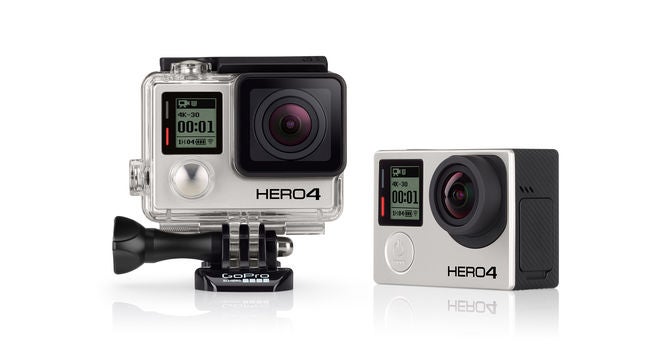NHL Players Will Wear GoPro Cameras for POV Hockey Action
Ever wonder what it's like to have a 100-mph slapshot rocketing toward your face? You can soon find out

We may earn revenue from the products available on this page and participate in affiliate programs. Learn more ›
It has been quite a week for GoPro so far. First, they announce a handful of new cameras that look extremely promising. Now, they have signed a deal with the NHL to equip hocket players with their cameras for awesome POV footage.
It’s not exactly clear how the camera program will be implemented, but the idea is to give fans a unique view of the game, which this certainly has the potential to do.
The players will reportedly have options for cameras that go on their helmets, masks, or jerseys.
It will be interesting to see if other sports follow suit in putting cameras right on the players. Action sports athletes have been wearing the cameras for years now, but team sports have been much less prevalent. We could likely even see cameras built right into things like helmets down the line if the NFL decides they want on-field POV footage as well.
From: AdWeek
